#diadumenos
Photo
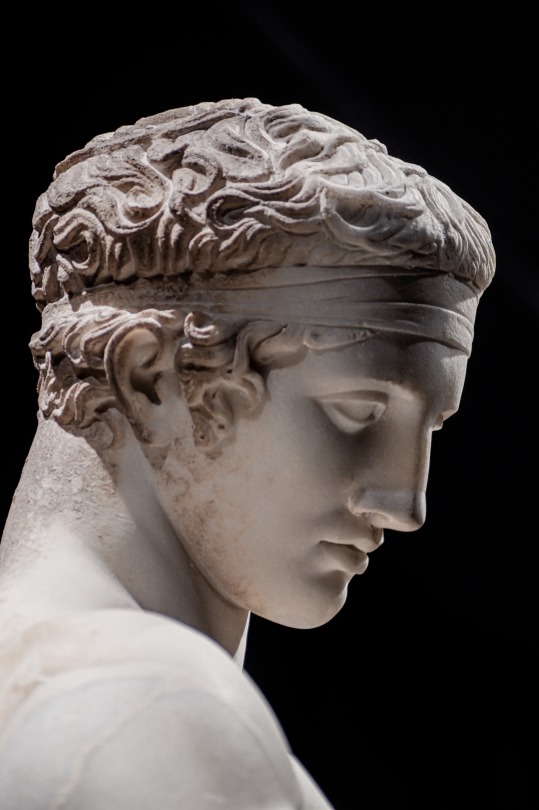

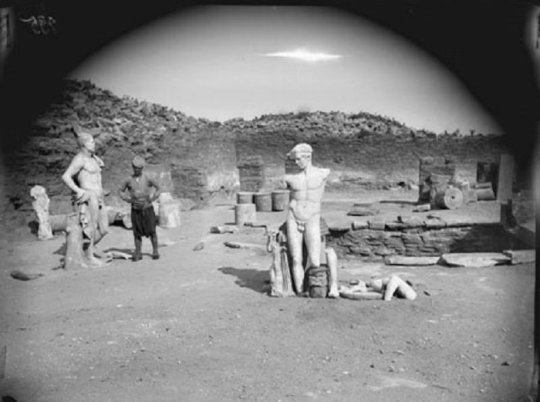

Polycleitos (Argos, 5th c BC)
_
Diadumenos (diadem-bearer) / Youth Tying a Headband. The Athens example, copy of bronze original ca. 420 BC. Marble: 1.95 m H. National Archaeological Museum of Athens.
Winner of an athletic contest, lifting his arms to knot the diadem. The figure stands in contrapposto. “The thorax and pelvis of the Diadumenos tilt in opposite directions, setting up rhythmic contrasts in the torso that create an impression of organic vitality. The position of the feet poised between standing and walking give a sense of potential movement. This rigorously calculated pose, found in almost all works attributed to Polykleitos, became a standard formula used in Greco-Roman and, later, western European art."
Doryphoros (spear-bearer). Rendered somewhat above life-size: 2.12 m (6 feet 11 inches), the lost bronze original of the work would have been cast circa 440 BC, but it is today known only from later (mainly Roman period) marble copies.
https://commons.wikimedia.org/wiki/File:Doryphoros.jpg
https://en.wikipedia.org/wiki/Doryphoros
Polykleitos - Alchetron, The Free Social Encyclopedia
https://en.wikipedia.org/wiki/Diadumenos
Photographs of the first excavations at Delos island, where both sculptures were unearthed. From the 19th c. French archaeologists book “Delos 1873-1913″.https://greekreporter.com/2022/05/13/excavations-greek-island-delos/
Kararadaygum Photography: Diadumenos portrait (top)
https://kararadaygum.tumblr.com/post/672887937879408640
https://kararadaygum.tumblr.com/
thnx didoofcarthage & ancientprettythings
#Polycleitos#sculpture#Diadumenos#Doryphoros#archaeology#Delos#gr#copy#marble#beauty#male#classic#contrapposto
509 notes
·
View notes
Photo

Diadumenos in the Glyptothek
Munich, Germany
7 notes
·
View notes
Photo

A ROMAN MARBLE TORSO OF THE DIADUMENOS OF POLYKLEITOS
CIRCA 1ST CENTURY B.C.-1ST CENTURY A.D.
30 in. (76.2 cm.) high.
This superb muscular torso can be recognized as a Roman copy of Polykleitos’ Diadumenos, or fillet-binder, one of the most celebrated sculptures from antiquity. The pelvic thrust to the left and the accompanying curvatures of the lower abdomen, plus the articulation of the shoulders resulting from the arms once being raised, are all exactly matched on several more complete versions of the now-lost original (for the best preserved example see the figure from Delos, now in Athens, pl. 176 in H. Beck, P.C. Bol, and M. Bückling, Polyklet, Der Bildhauer der griechischen Klassik).
The Diadumenos is referred to by the Roman writers Lucian, Pliny, and Seneca, who praised it for its beauty and value. The original does not survive, but based on these literary descriptions, it is securely recognized in Roman copies. Where the original once stood and what precisely was depicted is not known, and the ancients are quiet on these points. Undoubtedly, Polykleitos' creation was in bronze, and would have been commissioned to celebrate an athletic victory and set up in one of the Panhellenic sanctuaries.
Polykleitos was one of the most famous and influential sculptors of the High Classical period. A native of Argos in the Peloponnesus, his artistic career flourished from circa 450-420 B.C. In addition to the Diadumenos, several other of his works are described in ancient literature and are recognized in surviving Roman copies, including the Doryphoros or Spear-Bearer, as well as his Kyniskos, identified as the Westmacott Athlete since the 19th Century. His Amazon of Ephesus was famed for having been chosen in a competition over works by the sculptors Pheidias and Kresilas, while his most magnificent creation was the colossal gold and ivory cult statue of Hera from the Heraeum of his native Argos. Pliny tells us that Polykleitos wrote about his theories of rhythm and proportion. This sculptural Canon emphasized the juxtaposition of antithetical pairs, such as right and left, straight and curved, relaxed and tensed, rest and movement. The Doryphoros is considered the embodiment of Polykleitos's canon, while the Diadumenos beautifully demonstrates the canon's "inexhaustible possibilities".
#A ROMAN MARBLE TORSO OF THE DIADUMENOS OF POLYKLEITOS#CIRCA 1ST CENTURY B.C.-1ST CENTURY A.D.#marble#marble sculpture#roman sculpture#ancient sculpture#ancient artifacts#archeology#archeolgst#history#history news#ancient history#ancient culture#ancient civilizations#anicent rome#roman history#roman empire#roman art
110 notes
·
View notes
Text

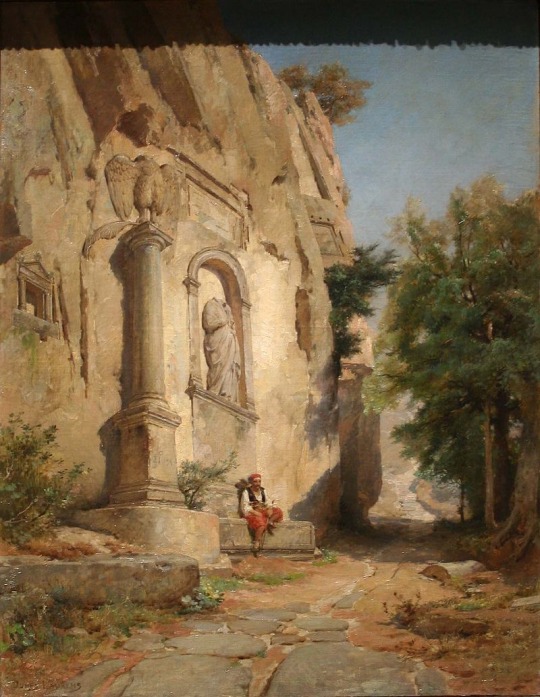
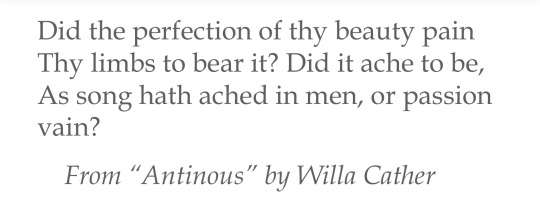
7 notes
·
View notes
Photo

HEAD OF THE DIADUMENOS, circa 2nd.century A.D. Roman. marble. Sotheby’s Dec. 2019. http://hadrian6.tumblr.com
416 notes
·
View notes
Photo

Polycleitos (5th C. BC): Diadumenos / Youth Tying a Headband. (via eucanthos)
442 notes
·
View notes
Photo


"Diadumenos (Youth Tying a Headband)" by Polycleitos (5th C. BC). Roman marble copy.
193 notes
·
View notes
Text

A ROMAN MARBLE TORSO OF THE DIADUMENOS OF POLYKLEITOS
CIRCA 1ST CENTURY B.C.-1ST CENTURY A.D.
26 notes
·
View notes
Text
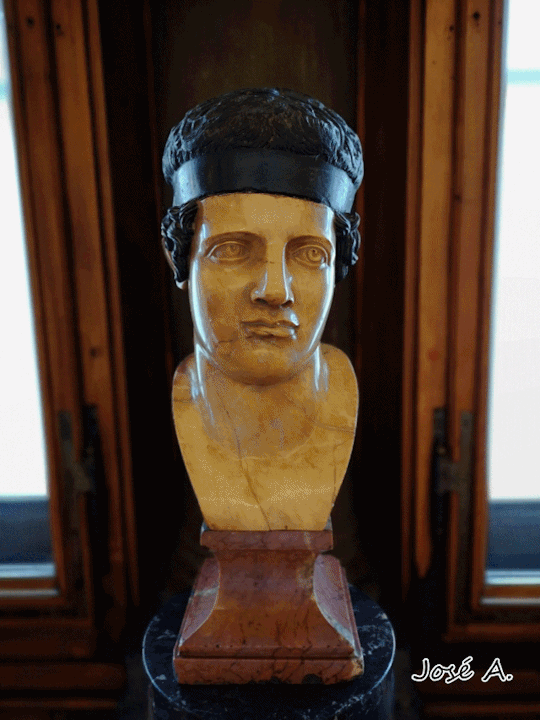
Arte romano
Siglo I d.C. con amplias adiciones del siglo XVI
Cabeza de Diadumenos
Basalto negro (pelo) y amarillo antiguo (cabeza, cuello y pecho)
Inv. 1914, n. 356
Sólo son antiguos el casquete y la nuca con el vendaje: para las partes del siglo XVI se utilizó amarillo antiguo, dando vida a un acentuado contraste cromático. La parte de época romana pertenecía a una réplica del Diadumenos de Policleto (activo en la segunda mitad del siglo V a.C.), estatua que representa a un atleta que se envuelve la cabeza con la venda de la victoria.
Información de la Gallerie degli Uffizi, imagen/es de mi autoría.
2 notes
·
View notes
Photo
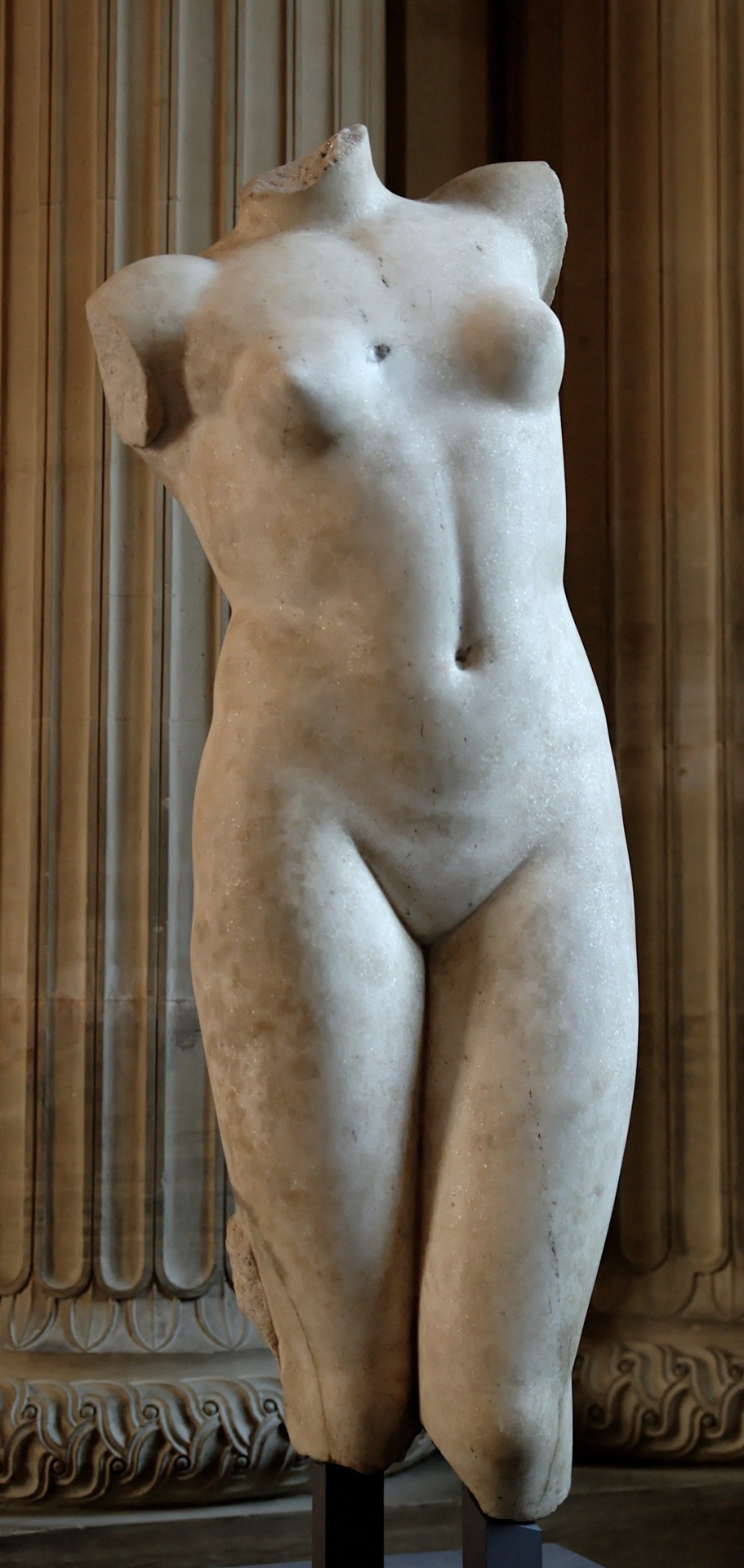
Unknown
_
Fragmentary statue of Aphrodite, type of the Esquiline Venus. Roman copy of the Imperial Era (2nd century CE) after a Hellenistic Venus Anadyomene, Parian marble: 96 cm (37.7 in) H
Collection Louvre Museum. Department of Greek, Etruscan and Roman Antiquities, Sully wing, ground floor, room 17
The Esquiline Venus has sometimes been interpreted as a female version of the Diadumenos type (a diadumene, or woman tying a diadem).
41 notes
·
View notes
Text

HEROSSTUDIO - Farnese Diadumenos
Herosstudio presents: great PBR 3D models for architectures visualizations, games, virtual reality
0 notes
Text

Diadumenos (I sec.), dall'area di Castel Capuano, Museo Archeologico Nazionale, Napoli.
#Diadumenos#napoli#naples#campania#naples italy#archaeology#art history#storia dell'arte#art#scultura#sculpture
276 notes
·
View notes
Photo

10 notes
·
View notes
Text
La Squadra Butt HCs as shown with Italian/Greek sculptures
I'm back to procrastinate on my writing by bringing you all HCs that no one asked for!
Pictures below the cut!

✂ Risotto
Hercules and Cacus, by Baccio Bandinelli

🥓 Prosciutto
David, by Michelangelo

🍈 Melone
Orpheus, by Cristoforo Stati

🧀 Formaggio
Perseus with the Head of Medusa, by Benvenuto Cellini
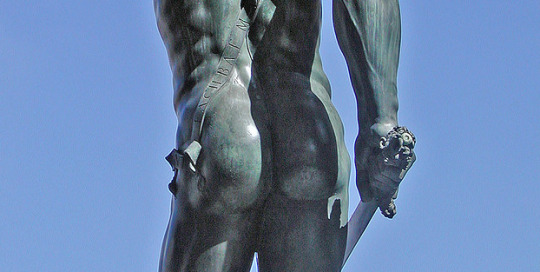
🎣 Pesci
Artemision Bronze, Unknown sculptor

❄ Ghiaccio
Perseus Triumphant, by Antonio Canova
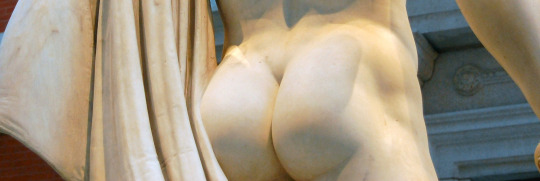
✨ Illuso
Diadumenos, attributed to Polykleitos

#risotto nero#prosciutto#melone#pesci#formaggio#ghiaccio#illuso#hcs 💭#how do yall like my new dni banner#yes this was inspired by the post someone made of all the pictures they took of sculptures butts when they were in Italy
84 notes
·
View notes

